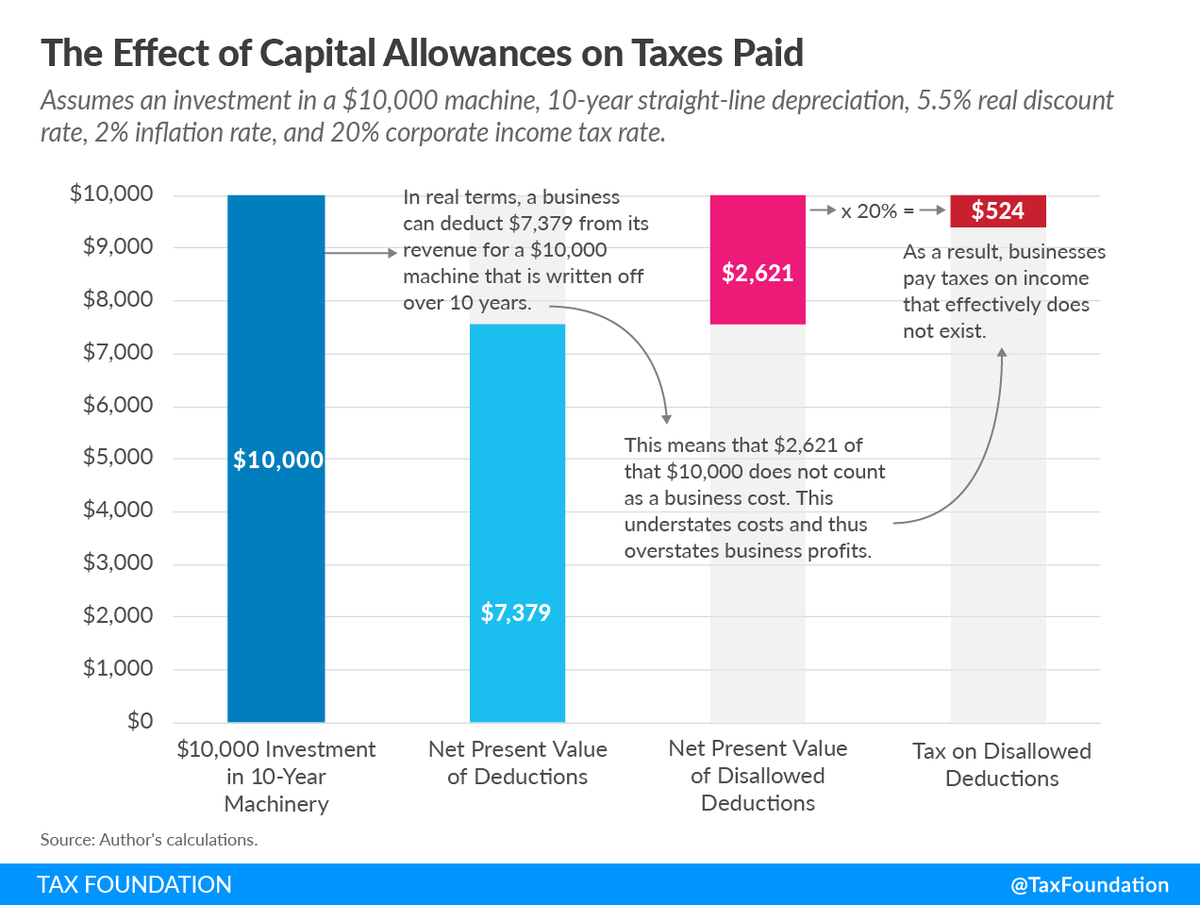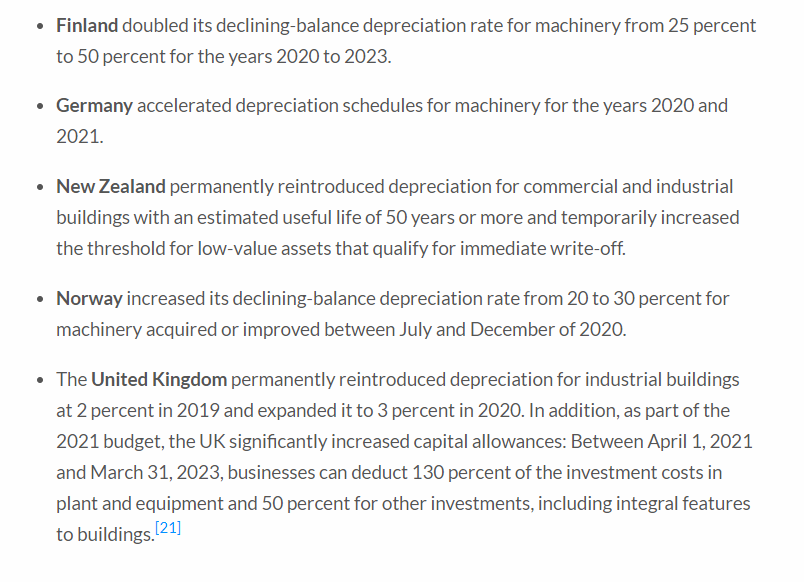
Income tax repeal is on the agenda in West Virginia, with Gov. Jim Justice and Republicans in both the House and Senate releasing plans for dramatically lowering or eliminating the state’s individual income tax. buff.ly/3fEia9d @JaredWalczak #wvleg
Despite their shared aims, these plans represent vastly different approaches. They are not even aligned on which income should benefit from rate reductions.
House Republicans propose a straightforward reduction in income tax rates, while their Senate counterparts initially exclude investment income, and the governor excludes pass-through business income as well as investment income.
Both the governor’s proposal and the Senate Republican plan would raise the sales tax rate, broaden the sales tax base (including to business inputs), and raise certain excise taxes, to which the governor would also add the creation of a “luxury tax” on certain purchases.
The House Republican plan phases in income tax annual rate reductions without revenue offsets.
The governor would offset rate reductions with a tax shift.
The governor would offset rate reductions with a tax shift.
The Senate Republican plan adopts a hybrid of the two approaches, shifting burdens away from income taxes and onto consumption taxes while using future revenue gains to phase in subsequent reductions.
Policymakers are right to recognize the benefits of lower—or no—income taxes.
States which forgo income taxes have seen population and economic growth vastly outstripping their peers, and a post-pandemic culture that's friendlier to remote work will enhance tax competition.
States which forgo income taxes have seen population and economic growth vastly outstripping their peers, and a post-pandemic culture that's friendlier to remote work will enhance tax competition.
Details matter, however. If growth and opportunity are the goals, it is important to identify the appropriate revenue offsets for any shift from income taxation. Approaches which increase tax burdens on job creators are inconsistent with the goal of economic growth.
Our new report outlines each of the 3 proposals, then analyzes their major components.
It also highlights several other parts of the West Virginia tax code that are ripe for reform and offers recommendations for improving the state’s tax competitiveness by designing for growth.
It also highlights several other parts of the West Virginia tax code that are ripe for reform and offers recommendations for improving the state’s tax competitiveness by designing for growth.
Lawmakers have begun an important conversation, and they now have an opportunity to improve the state’s tax code and enhance the state’s competitiveness. Our analysis is intended to help further those deliberations.
• • •
Missing some Tweet in this thread? You can try to
force a refresh











